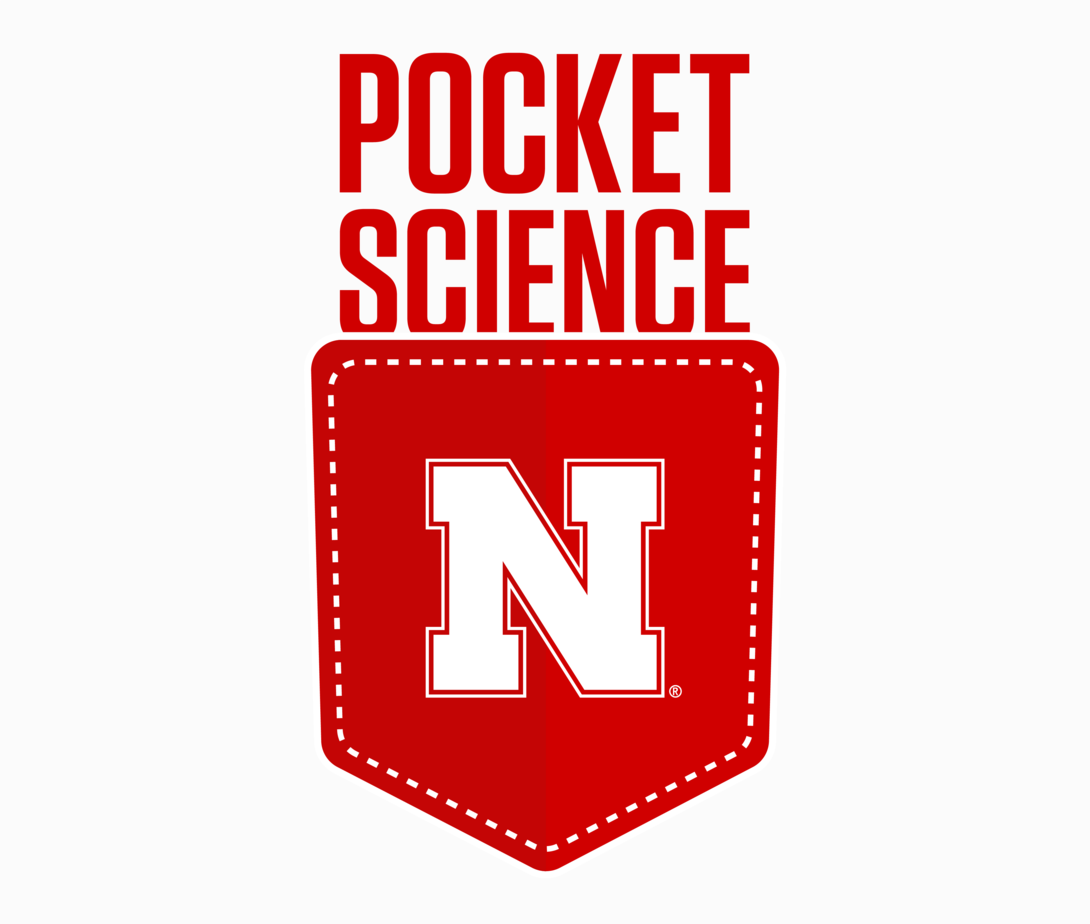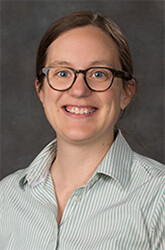
Welcome to Pocket Science: a glimpse at recent research from Husker scientists and engineers. For those who want to quickly learn the “What,” “So what” and “Now what” of Husker research.

What?
Literature circles — essentially the academic equivalent of a book club, in which small groups of students lead discussions of a written work — most often take shape in grade school. There, lit circles have proven their worth in helping students derive meaning from the written word, especially when encouraging readers to reflect on and share the thought processes that might otherwise remain confined to their heads.
Research has also borne out their ability to expand the science vocabularies of young students and even help teachers better understand the nature of science. But no studies had yet considered whether lit circles might benefit university-level readers of technical scientific texts.
So what?

Nebraska’s Judith Turk, an assistant professor and co-coach of the university’s Soil Judging Team, decided to put lit circles to the test in a dual undergraduate-graduate course on soil science. After being presented with reading assignments — chapters from edited books, a peer-reviewed journal article — students either watched a conventional lecture on those readings or took part in a lit circle tasked with discussing them. Those students later took final exams containing two open-ended essay questions that helped assess their use of content taught via lectures vs. lit circles.
Students scored roughly the same regardless of which format was used to teach the content in an essay, though they chose to cite more from the lecture content. But they actually reported reading more in preparation for the lit circles than the lectures: Whereas students often read at least some of every reading ahead of the lit circles, they tended to read only some parts of some assignments when they knew a lecture awaited them. That may have stemmed in part from the fact that students also reported feeling more accountable to their classmates in the lit circles, which relied on their active participation and had them rotating through various roles designed to facilitate discussion. Many students later emphasized the value of hearing their classmates share thoughts and explain concepts.
Turk found other differences. When the course was fully online due to the COVID-19 pandemic, more than half of students preferred the lit circles, with roughly one-quarter vouching for the lectures and the remainder having no preference. The following year, as the course returned to campus, more than 70% preferred the lit circles to the lectures.
Now what?
The findings suggest that lit circles have a place in higher education classrooms and the natural sciences, Turk said. Integrating a course’s learning objectives directly into lit circle discussions could help ensure that students cover essential material, she said, while continuing to enjoy the versatility of the format. Capping discussions with a short period of note-taking, or having instructors summarize and comment on discussions, could also help students retain information likely to appear on future exams.







